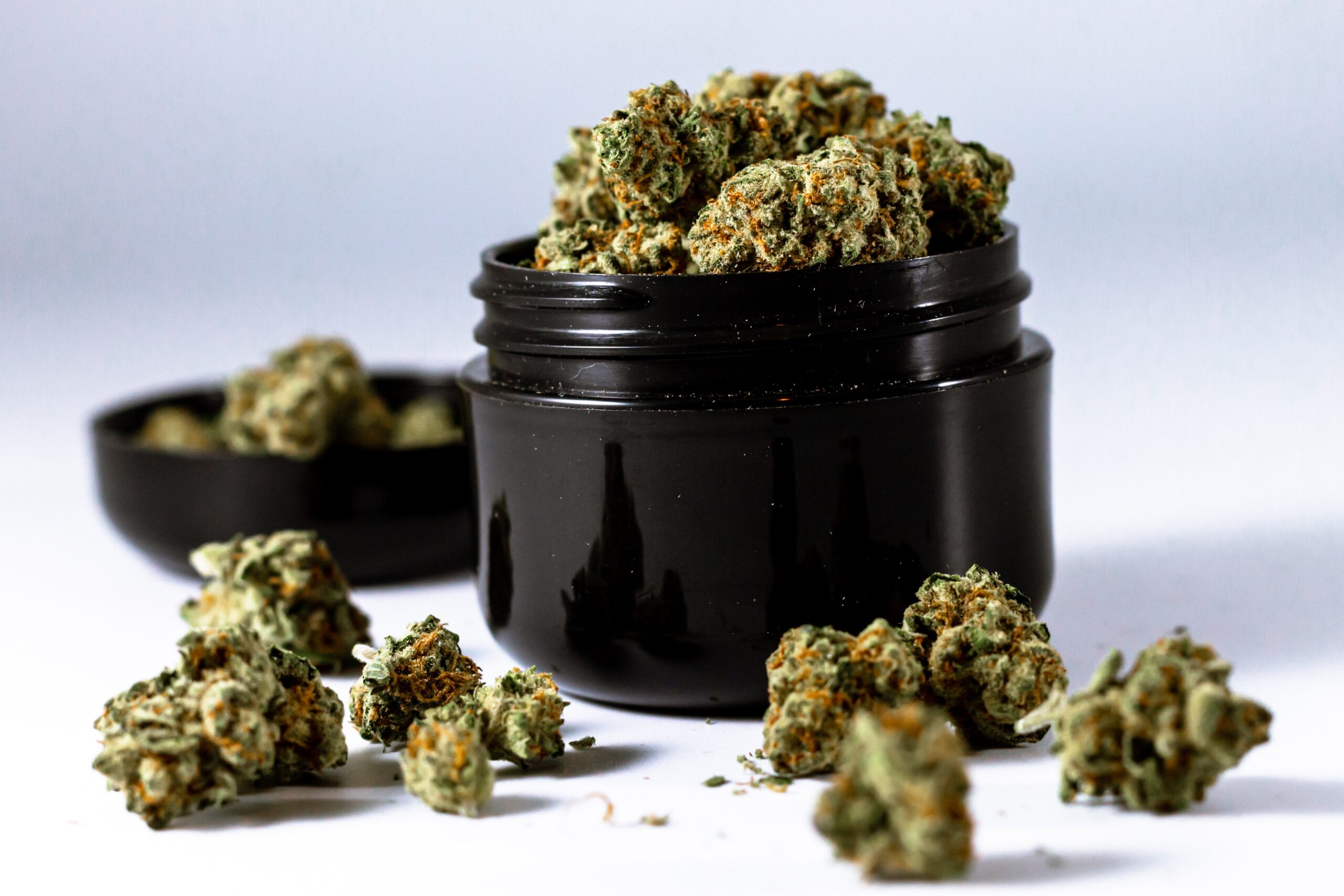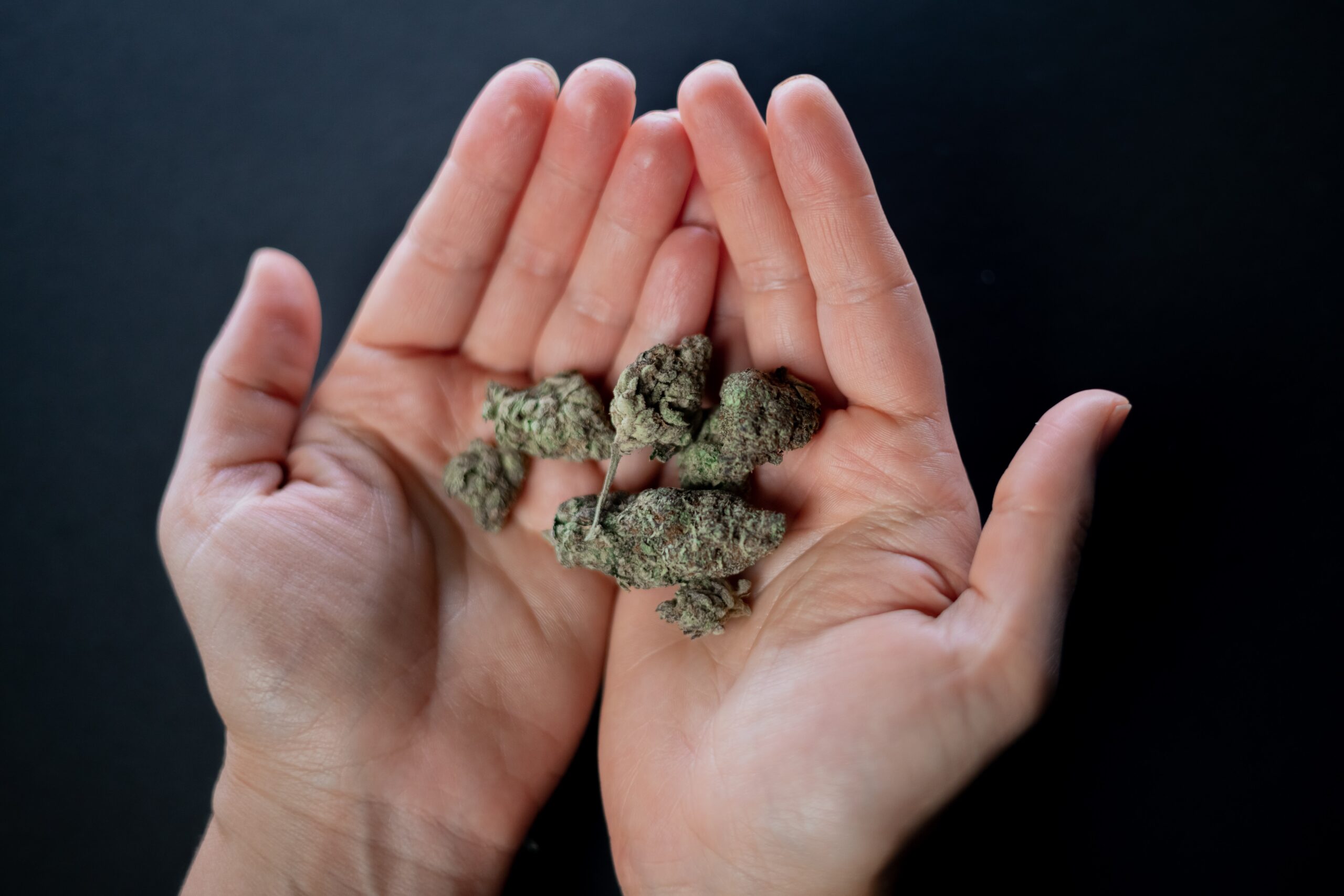In recent times, there’s been a noticeable rise in the popularity of cannabis use across many parts of the world. For some, it’s a medicinal ally, aiding in the alleviation of chronic pains or anxieties. For others, it’s a recreational means to relax or socialize. But, like everything else we consume, it’s crucial to approach cannabis with a sense of responsibility and knowledge. After all, informed decisions lead to safer experiences.
Understanding Cannabis
To make the best choices about cannabis use, it’s essential first to understand what it is. At its core, cannabis is a plant. But what makes it special, and at times controversial, are its components: mainly THC (Tetrahydrocannabinol) and CBD (Cannabidiol).
THC is the primary psychoactive component, and this means it’s the part of cannabis that gives the ‘high’ or ‘buzz’ that many users seek. On the other hand, CBD is non-psychoactive and is often associated with the calming and therapeutic properties of cannabis. It’s also important to understand the difference between medicinal and recreational cannabis. While they come from the same plant, they might be grown or processed differently. Medicinal cannabis, for instance, is often tailored to have higher CBD content and lower THC levels, making it more about health benefits and less about recreational highs. Recreational strains might have higher THC content, offering a stronger psychoactive experience.
The Process of Decarboxylation
Now, here’s a term that may sound a bit technical: decarboxylation. In simple words, decarboxylation is the process of heating cannabis to activate its compounds, mainly THC and CBD. Think of it like baking raw dough to get a loaf of bread. Just as raw dough isn’t as tasty or digestible, raw cannabis doesn’t deliver its full potential either. Fortunately, there are easy steps to decarboxylate weed that users can try.
So, why is this process important? When cannabis is grown and harvested, the THC exists in a form called THCA, a non-psychoactive compound. It’s only when THCA is exposed to heat that it converts to THC, the component we associate with the typical cannabis ‘high.’ The same goes for CBDA, the raw form of CBD. Through decarboxylation, CBDA becomes CBD.
If you’ve ever wondered why people smoke or bake cannabis, this is why. The heat from these processes activates the compounds. However, it’s not only about lighting up a joint or throwing cannabis leaves into brownie batter. For those seeking the medicinal benefits without the ‘high,’ understanding how to decarboxylate correctly is crucial.
1. Safe Consumption Methods
With so many ways to consume cannabis, it’s essential to choose the one that’s safest and most suitable for your needs. Here’s a look at some of the most popular methods:
- Vaping: A modern take on smoking, vaping heats cannabis without burning it. This means you get the benefits of THC and CBD without inhaling the harmful tar and carcinogens that come with traditional smoking. Vaping devices come in all shapes and sizes, but the basic principle is the same: they heat cannabis to a point where it releases its active compounds without combusting.
- Edibles: From cookies to gummies, edibles are a tasty way to consume cannabis. However, they come with a word of caution. Since the body digests edibles, it takes longer to feel their effects compared to smoking or vaping. It’s easy to consume too much thinking it’s not working, only to find yourself feeling overwhelmed later on. Always start with a small portion, wait for at least an hour, and see how you feel before having more.
- Tinctures and Oils: These are liquid extracts of cannabis that you can place under your tongue, add to food, or even apply topically. They offer a controlled way to dose THC and CBD, which can be especially useful for medicinal users.
2. Setting and Mindset
It’s not just what you consume but also where and how you consume it. The surroundings in which you choose to use cannabis can greatly influence your overall experience. Let’s say you’re feeling nervous or you’re in an unfamiliar setting; using cannabis in such conditions might amplify those feelings. That’s why choosing a comfortable and secure environment is key.
If you’re new to cannabis or trying a new strain, being at home or in a familiar place can make a significant difference. If you’re with others, make sure they are people you trust. They can offer support if you need it or make the experience more enjoyable. Just remember: your mental well-being plays a big role in how you experience cannabis, so it’s always a good idea to check in with yourself before partaking.
3. Dosage and Tolerance
The saying “less is more” can often apply to cannabis. Especially if you’re new to it or if it’s been a while since you last partook. Everyone’s body reacts differently, and what might be a small amount for one person might be a lot for another.
Starting with a small dose is always the safest route. It gives your body time to adjust and allows you to better understand how you react. Over time, you might notice you need to use more to achieve the same effects. This is called building tolerance. It’s a natural process, but it’s also a sign to be cautious. Regularly increasing the amount you consume can lead to overconsumption or even dependency. It’s okay to take breaks or to stick to minimal amounts.
4. Potential Drug Interactions
Cannabis may be natural, but that doesn’t mean it’s free from interacting with other substances. If you’re taking medications, drinking alcohol, or using other drugs, mixing them with cannabis might not be a viable idea.
Some medications, for instance, can become less effective when combined with cannabis, while others might lead to unwanted side effects. Alcohol, too, can intensify the effects of cannabis, making the experience unpredictable.
It’s essential to be transparent with your doctor or healthcare provider about your cannabis use. They can give you guidance on any potential interactions and help ensure you’re using it in the safest way possible.
5. Store Safely Away from Children and Pets
While cannabis might be for adults, it can be harmful to kids and pets. Just like you wouldn’t leave alcohol or prescription drugs within their reach, the same goes for cannabis. Edibles can be especially tricky since they often look like regular treats. A child or pet wouldn’t know the difference between a cannabis-infused brownie and a regular one.
There are simple steps to prevent accidental consumption. Firstly, always store your cannabis products in a secure place, like a locked drawer or cabinet. For added security, consider investing in storage solutions designed specifically for cannabis, often equipped with childproof locks.
Conclusion
Navigating the world of cannabis can feel overwhelming, but with the right knowledge and a cautious approach, it can become a safe and rewarding experience. Whether you’re using it for health reasons or to relax, prioritizing safety will always lead to better outcomes. Remember to start slow, choose your environment wisely, and keep it out of reach of those it’s not intended for. As with all things, staying informed and listening to your body are your best guides.


